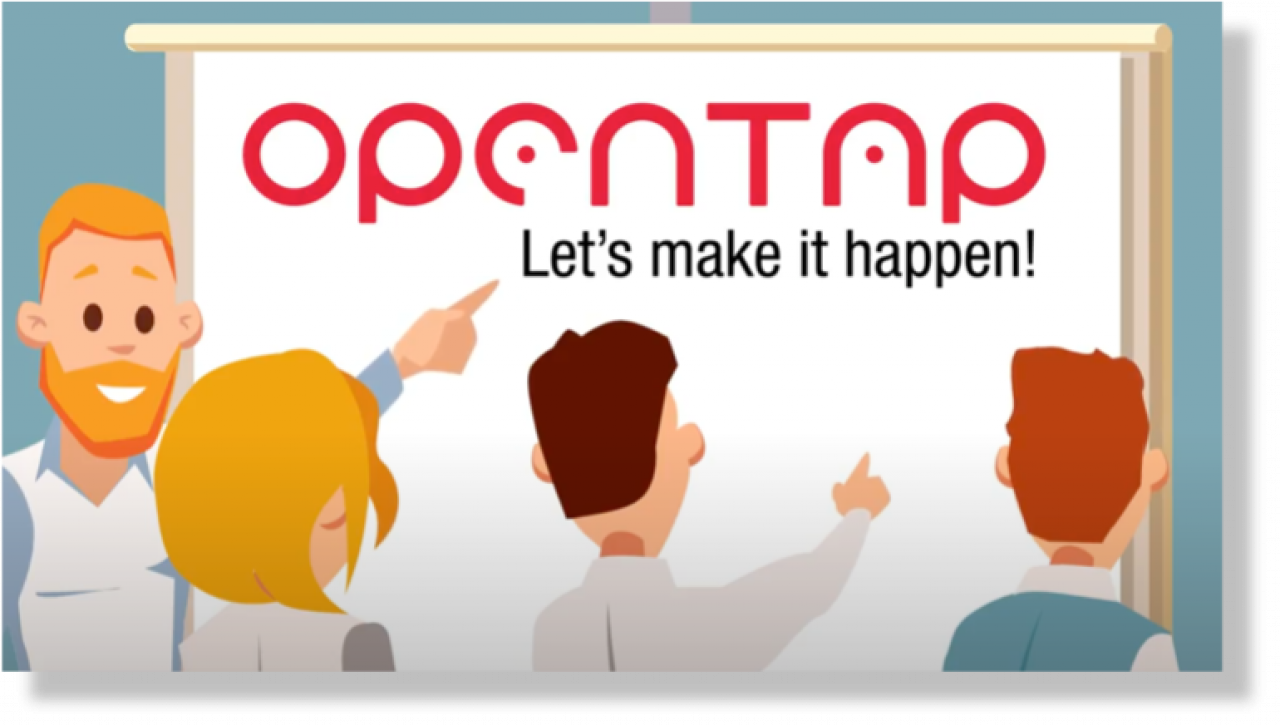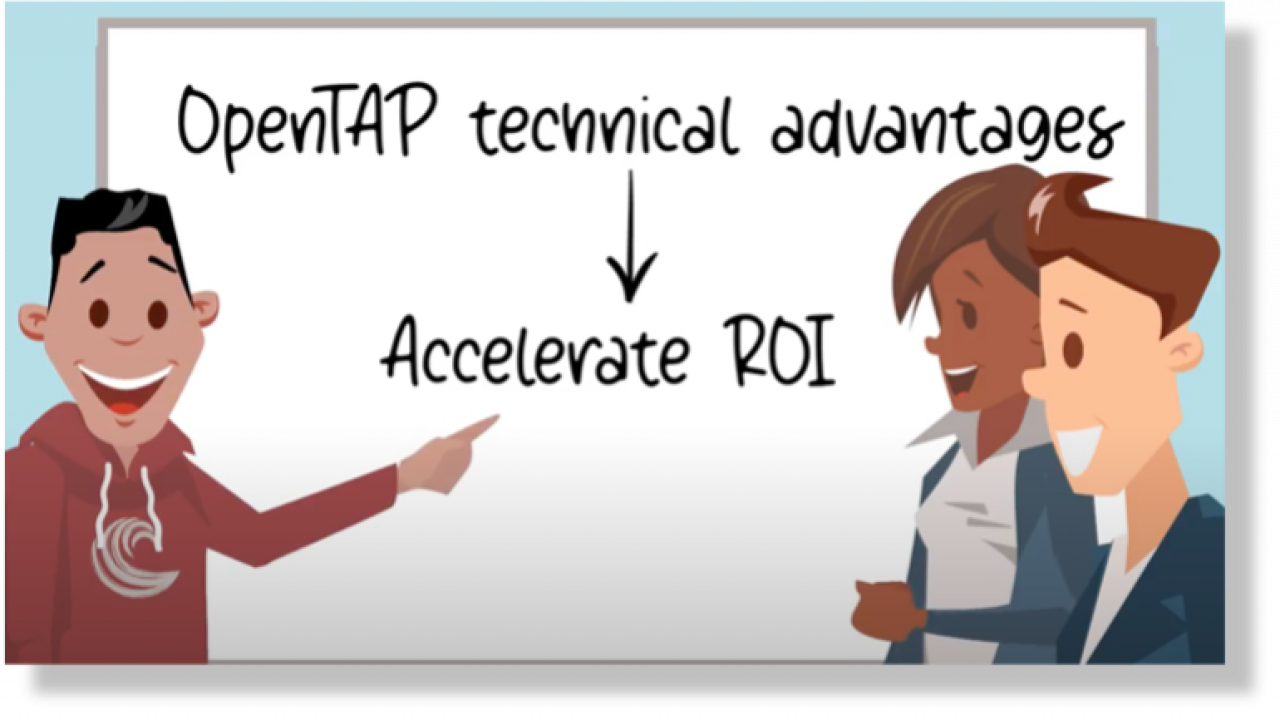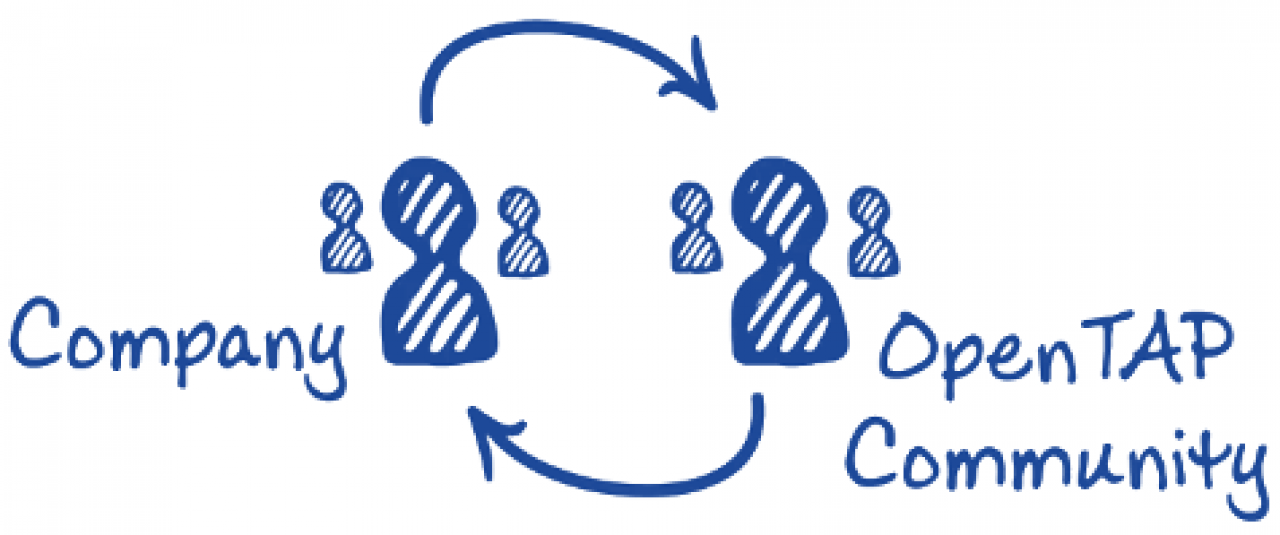In Episode 3, Gabriel and the test automation team highlighted the importance of identifying and tracking open source adoption metrics. They chose to continue their focus on three key areas:

Code Re-use
Time-to-Deployment
Overall Efficiency
These metrics express (among other things) the ability to leverage existing test code by using wrappers and plugins, the impact of OpenTAP on time-to-deployment from code re-use and from access to off-the-shelf software components, and efficiencies gained from standard software packaging and other streamlined workflows.
Unanticipated Barriers to Adoption

Despite the very positive outcomes highlighted by collecting and analyzing key metrics, Gabriel and his team encounter new, unanticipated barriers to deploying open source OpenTAP into production. First and foremost is unfamiliarity and the need to build confidence in the platform through training and internal marketing. The legal department has also raised concerns about licensing terms and obligations related to open source.
Codie, in her role with the OSPO, nods in recognition, encouraging the team to overcome the barriers by addressing the organization both horizontally and vertically, with advocacy targeting both management and peers across the company.
Codie recommends employing
Internal Communications — High-profile newsletters, intranets, seminars, quarterly business reviews (QBRs) and other types of advocacy
Training – technology and open source management training together with HR and corporate training

Lab tech Francisco also highlights how technical advantages of the OpenTAP platform enhance return on investment (ROI):
Faster time to prototype and to production
Lower costs of acquisition and maintenance
No vendor lock-in
This angle appeals directly to department director Tanya and her peers in management.
Addressing Concerns from Legal

OSPO lead Codie is also accustomed to working with corporate attorneys with widely varying levels of familiarity and comfort with open source software licenses. It’s the job of legal departments to reduce risk to their employers, so unfamiliar licensing terms and obligations can lead attorneys to mistrust or even ban use of software governed by some license types.
Codie eases the concerns of company lawyers by pointing out that OpenTAP is distributed under a license previously approved by the legal team with similarly-licensed software deployed in other parts of the organization.

Obtaining approval from Legal not only enables Gabriel and his team to deploy OpenTAP in the lab, but also supports contribution of bug fixes and new functionality by the team to the OpenTAP community, without concerns about “contamination” of company intellectual property (IP).
Advocacy and Persistence Pay Off
Having met and overcome both technical and legal challenges, the first OpenTAP production test implementation goes live! Codie shares the team’s experience on the OpenTAP Forum and is invited to pen a guest blog on blog.opentap.io. But stay tuned as Gabriel, Codie, Francisco and the rest of the team face new challenges in Episode 5.
Your Next Steps
If you are also interested in being able to contribute to the OpenTAP Project, we do our best to make it is easy. Just fill out and submit the OpenTAP Contributor License Agreement, and you are all set!
As much as we try, our tests don’t always run perfectly. To continue helping you along the path of plugin development, this video series focuses on debug and logging within your plugins to help you find any issues efficiently.